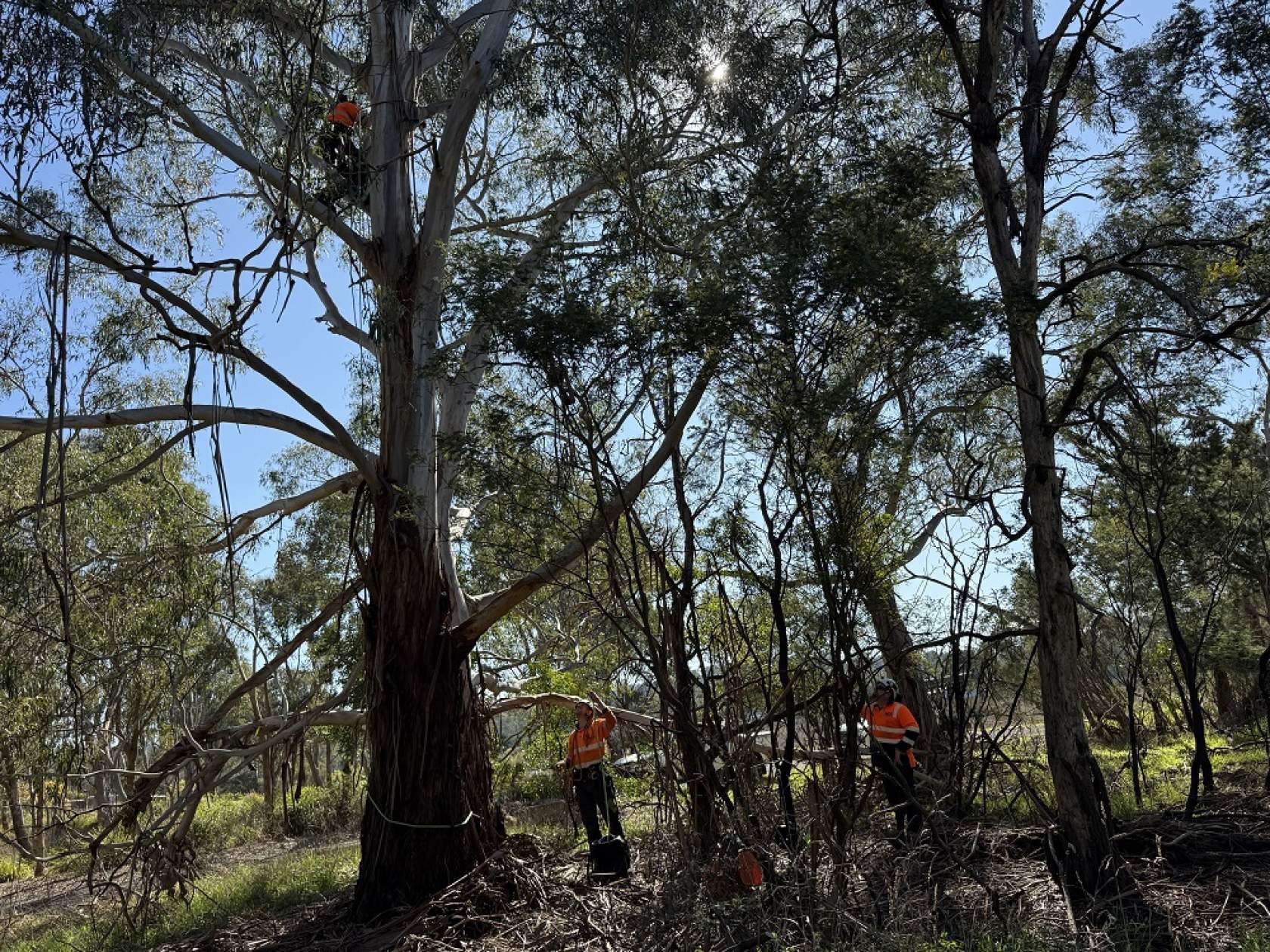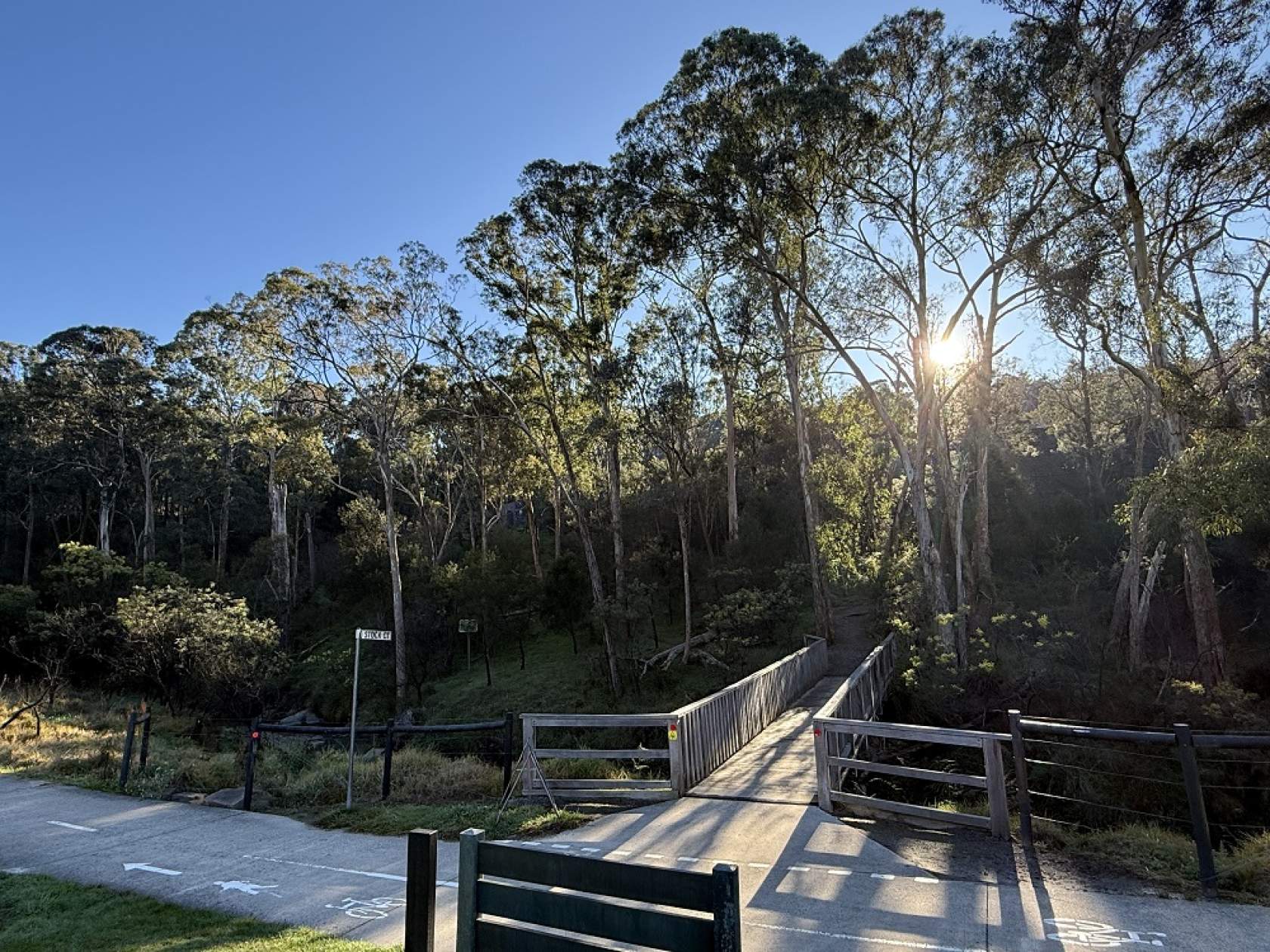- Home >
- News & Media > Nest Boxes: a new chapter in EastLink’s biodiversity story
Nest Boxes: a new chapter in EastLink’s biodiversity story
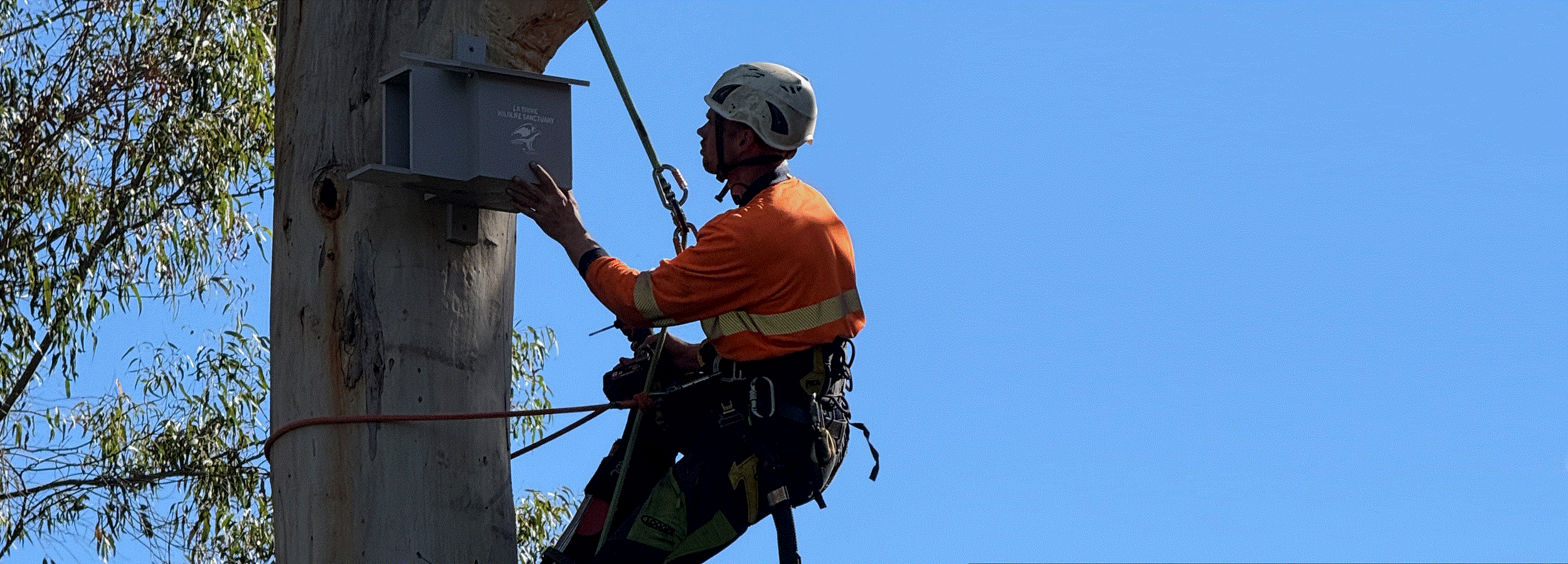
Nest Boxes: A New Chapter in EastLink’s Biodiversity Story
EastLink is branching out with a new biodiversity initiative that’s helping to support vulnerable wildlife.
As part of our five-year Maturing Landscape Project, we’ve installed nest boxes to provide shelter for hollow-dependent species—a new way for us to help enhance biodiversity and ecological resilience.
Over 300 Australian species rely on tree hollows for shelter and breeding. From microbats to owls, many native animals face pressure to find safe nesting sites.
Nest boxes offer an immediate and effective solution for native critters to find, and call home.
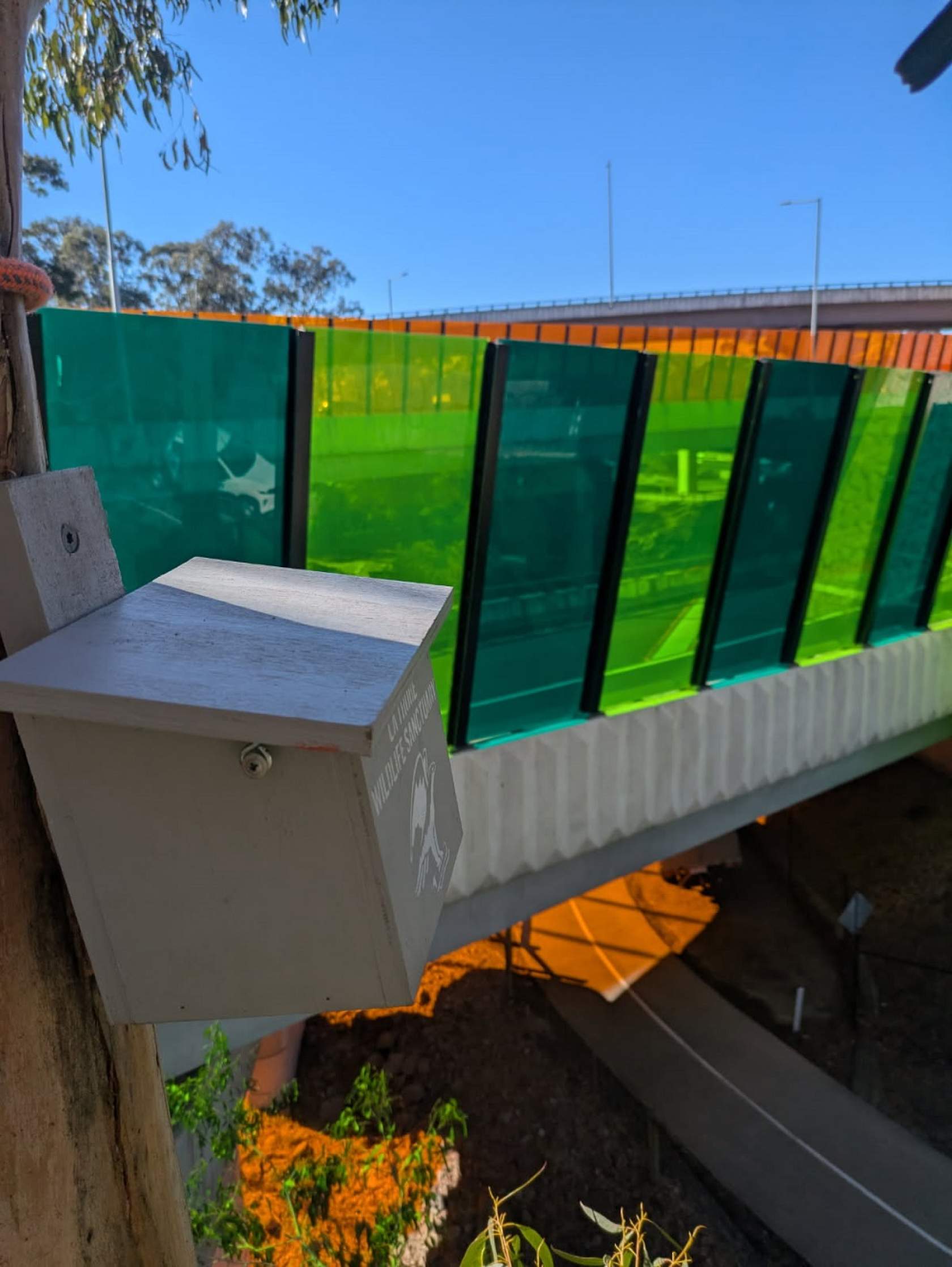
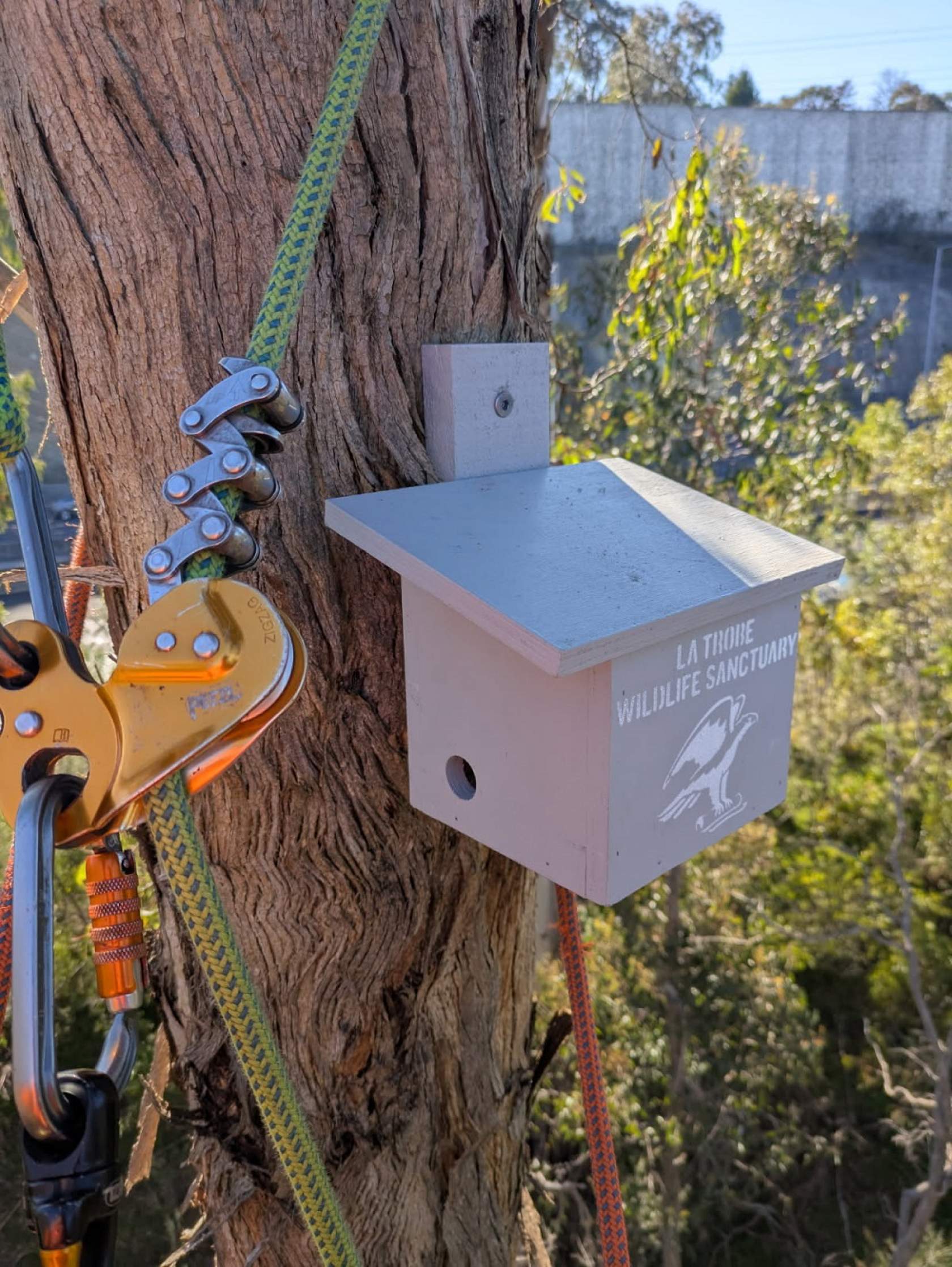
Installation Process and Locations
EastLink has partnered with Woods Environmental Services, whose qualified arborists and expert tree climbing crew carefully selected suitable trees for installation of nest boxes.
Using non-damaging techniques, the team ensured that each nest box was placed with precision and care—protecting both the tree and its future inhabitants.
In this first round, 16 species-specific nest boxes were installed for:
Microbats
Feathertail gliders
Small gliders
Small and medium parrots
Owls
Installations took place in key ecological zones including:
Mullum Mullum Valley in the vicinity of the EastLink tunnels and Ringwood Bypass
Near the Canterbury Rd interchange, near the EastLink Trail
Near Koomba Park
Near the Boronia Road interchange, where new garden beds have recently been created
We plan to continue installing nest boxes in future years, to steadily expand coverage along the EastLink corridor.
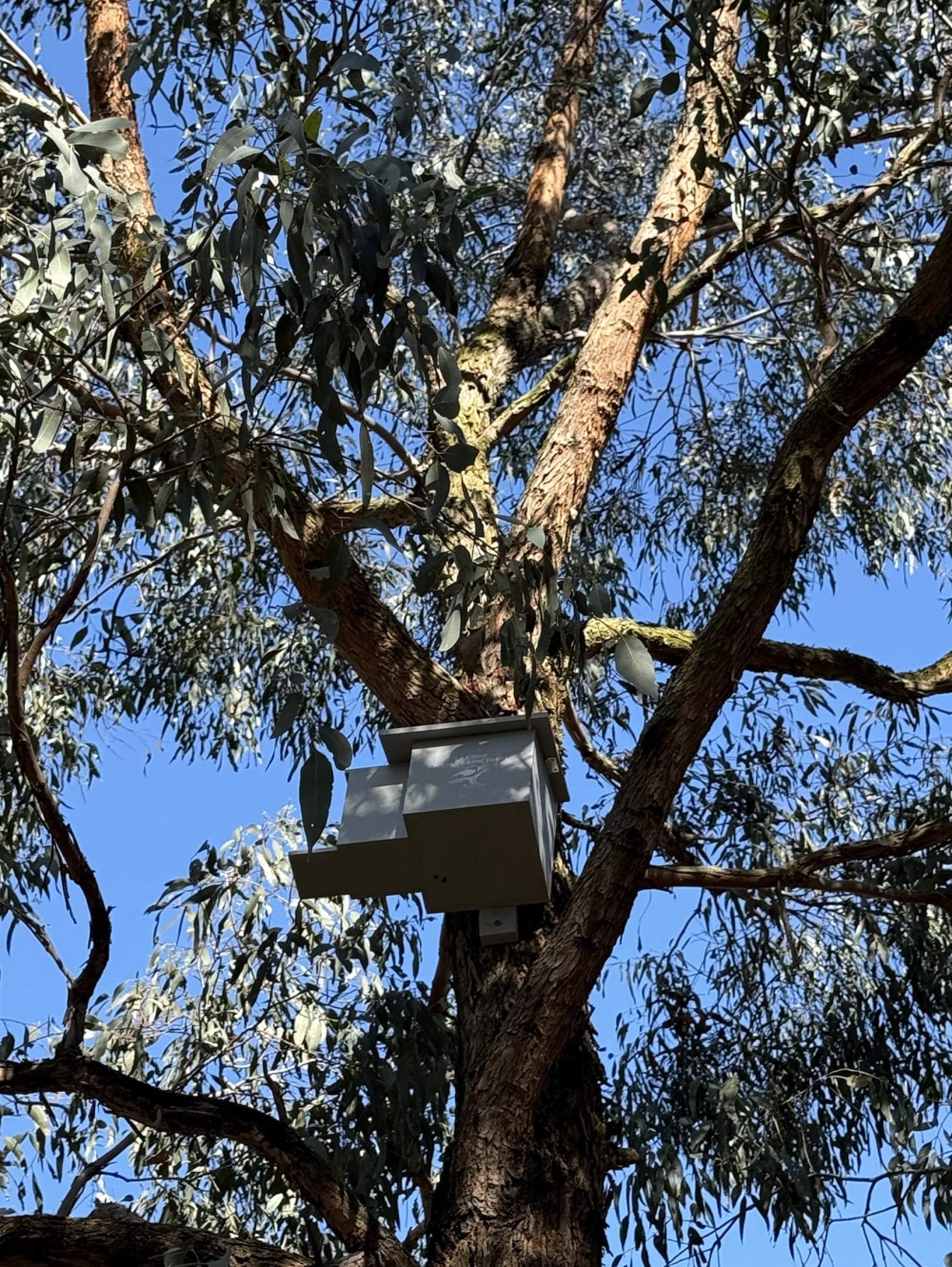
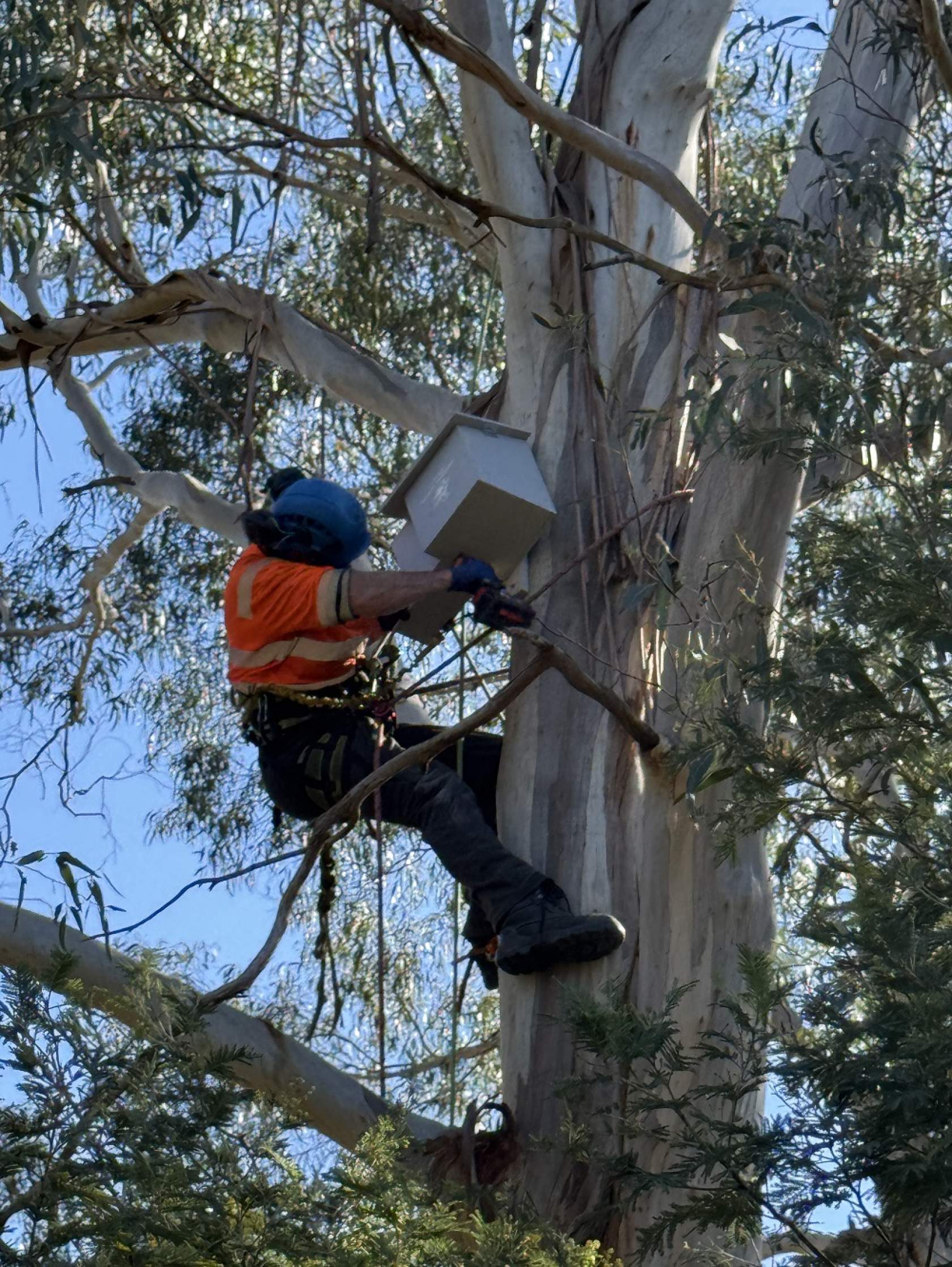
Habitat Corridor
Spanning 39 kilometres, EastLink includes 480 hectares of landscaping, inhabited by insects and invertebrates, reptiles and amphibians, mammals and birds.
The nest box initiative complements other ecological enhancements that we are undertaking through our five-year Maturing Landscape Project, including:
Installation of fauna furniture such as habitat logs
Expansion of understorey vegetation and pollinator-friendly plantings
Wetland management
Collaboration with local councils for conservation efforts
This five-year plan of action will deliver a mature, more resilient landscape, that thrives well into the future.
Whether it’s restoring habitat, removing invasive species, or applying custom mulch blends, every action is guided by sound horticultural practices and a solid respect for the land.
